California makes wine. California makes software. You just don’t expect those things to happen in the same place, but in silicon Valley’s Los Gatos you can find Testarossa, makers of fine Chardonnays and Pinot Noirs. (http://www.testarossa.com/) Even better for the visitor, the winery and its tasting room are in a building with genuine historical and architectural interest.
Testarossa is in the Santa Clara Valley, a part of California’s Wine Country we had never visited before…at least not for wine. Of course we knew the more famous places like Napa, Sonoma and Paso Robles, and to be honest we had low expectations of Santa Clara. To be even more honest, many of the wineries where we tasted fully lived up to our low expectations. But Testarossa was the happy exception.
You approach Testarossa up a steep and winding roadway leading to a large parking lot with a rather large and austere building on top. It was once a Jesuit seminary, dating from the 1880s, and was also the home of Novitiate Winery, which the brothers ran to fund the school. The wine making facilities are used by Testarossa today. Visitors enter the tasting room through a long, arched stone arcade, which opens up into a rather capacious facility with two long bars. On weekends they add tables to serve guests in other parts of the room. There is also a wine bar on the grounds.
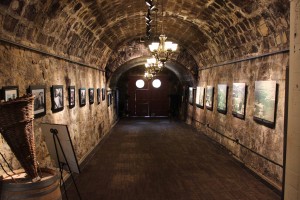 Photo courtesy of Testarossa Winery
Photo courtesy of Testarossa Winery
One factor that makes a visit to Testarossa particularly enjoyable – other than the wine itself, of course – is the fact that the servers are extremely knowledgeable and helpful. The winery provides ample training and all are at least level one sommeliers. It is not an exaggeration to call them wine educators. Not that they’re snobby and professorial. Quite the opposite. They set a tone that says, “Wine is fun; good wine is great fun”.
We must say that we enjoyed what we tasted and were particularly interested in their approach to wine making. Testarossa has no estate wines. That means that they do not grow grapes on their own property. The Jesuits did grow on the grounds, but after more than a century, the vines had given out. Today, Testarossa sources all its grapes from vineyards up and down the California coast, from Russian River and Sonoma Coast down to the Santa Rita Hills. To our tastes, their best wines come from the Santa Lucia Highlands, but then we’re very favorable towards wines made from grapes grown there.
A highlight of a visit is tasting the wide array of single vineyard wines that Testarossa makes. They’re picking up some fancy numbers from the rating magazines and we feel that they’re well justified. At the same time, we gravitated towards the blends, especially from the aforementioned Santa Lucia Highlands. The reserve tasting is definitely worth the extra expense (not that much, really, since at $20.00 it’s only $10.00 more than the regular one).
We recommend that, when visiting Testarossa, you take your time and ask a lot of questions. You’ll get knowledgeable answers and once you show your interest, your server is likely to open bottles that aren’t on the tasting list, even on a weekend. It would be worthwhile visiting this winery just for the history. In these days of vanity wineries, it’s a pleasure to see software folks who hit it big – it is Silicon Valley, after all – making the commitment to fine wine and a great tasting experience.
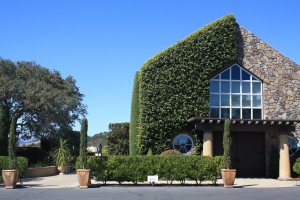
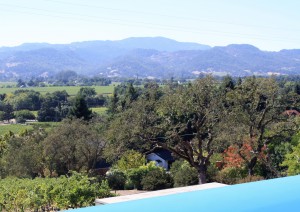
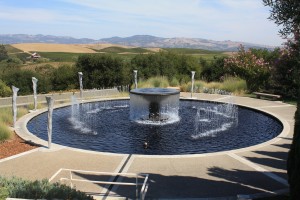
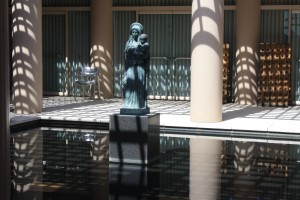
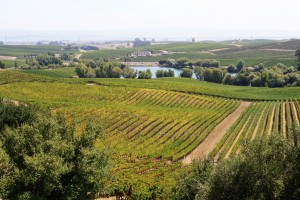
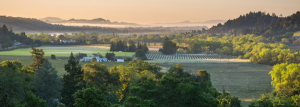
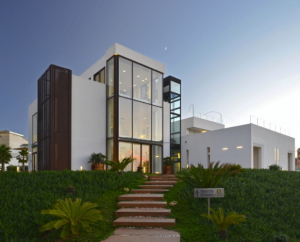
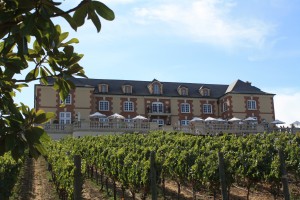
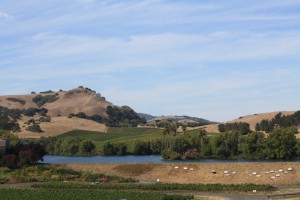
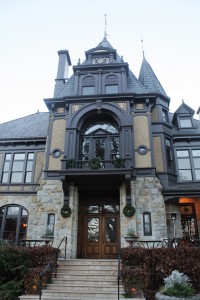
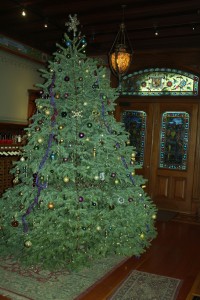
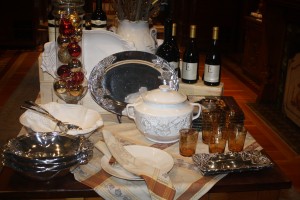
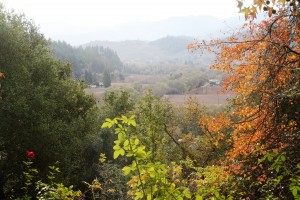
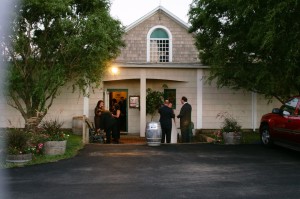
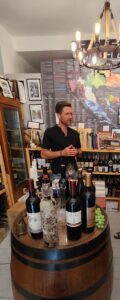
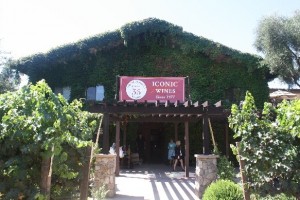 The Grgich Hills winery
The Grgich Hills winery 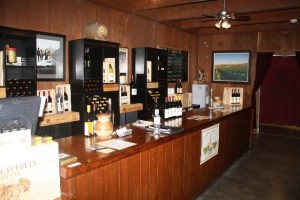 The tasting ro
The tasting ro